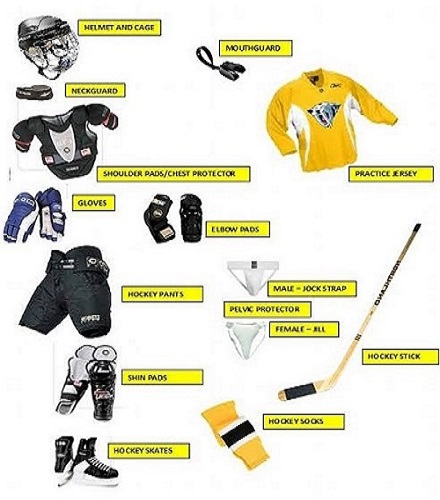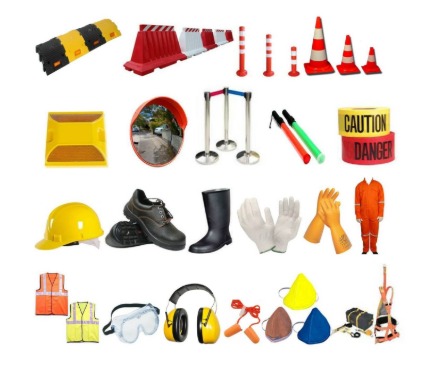Safety Equipment
Safety Equipment, as implied by its name, includes the gadgets that are used (worn, used, suspended etc.) for the protection of life and to avoid injuries or casualties.
Generally, safety equipment is the protection that is used by workers to avoid injuries, casualties, life threatening situations etc.. Different types of safety equipment are used by workers depending upon the nature of risk involved in the work. For example, in a welding operation the dark welding helmets are used as a piece of safety equipment. In construction operations, hard hats, foot gear and coveralls are considered safety equipment. All these types of safety equipment fall under the Personal Protective Equipment (PPE) category.
Required personnel protection equipment (PPE) must be worn at all times when on construction or renovation sites at Princeton University. At a minimum, each employee is required to wear a hard hat and safety glasses. High visibility safety vests with reflective striping are required when employees are exposed to vehicular traffic. In the absences of vehicular traffic, high visibility shirts should be worn at all times. All workers must wear shirts with sleeves, long work pants, and sturdy work shoes or boots when working on a construction or renovation site. Sleeveless or tank top shirts, short pants, sweatpants, sneakers, sandals, and high-heeled or open-toed shoes are not permitted.
Additional PPE may include:
Protective gloves
Hearing protection
Full face shields when cutting, grinding, or chipping
Chemical splash goggles
Fall protection equipment when working above 6 feet
IT Equipment
IT Equipment means all computers, servers, printers, computer hardware, wired or mobile telephones, on-site process control and automation systems, telecommunication assets, and other information technology-related equipment.


